Brain Gene Registry; neurite density; income disparities in autism diagnoses
Here is a roundup of autism-related news and research spotted around the web for the week of 29 April.
By
Jill Adams
30 April 2024 | 2 min read
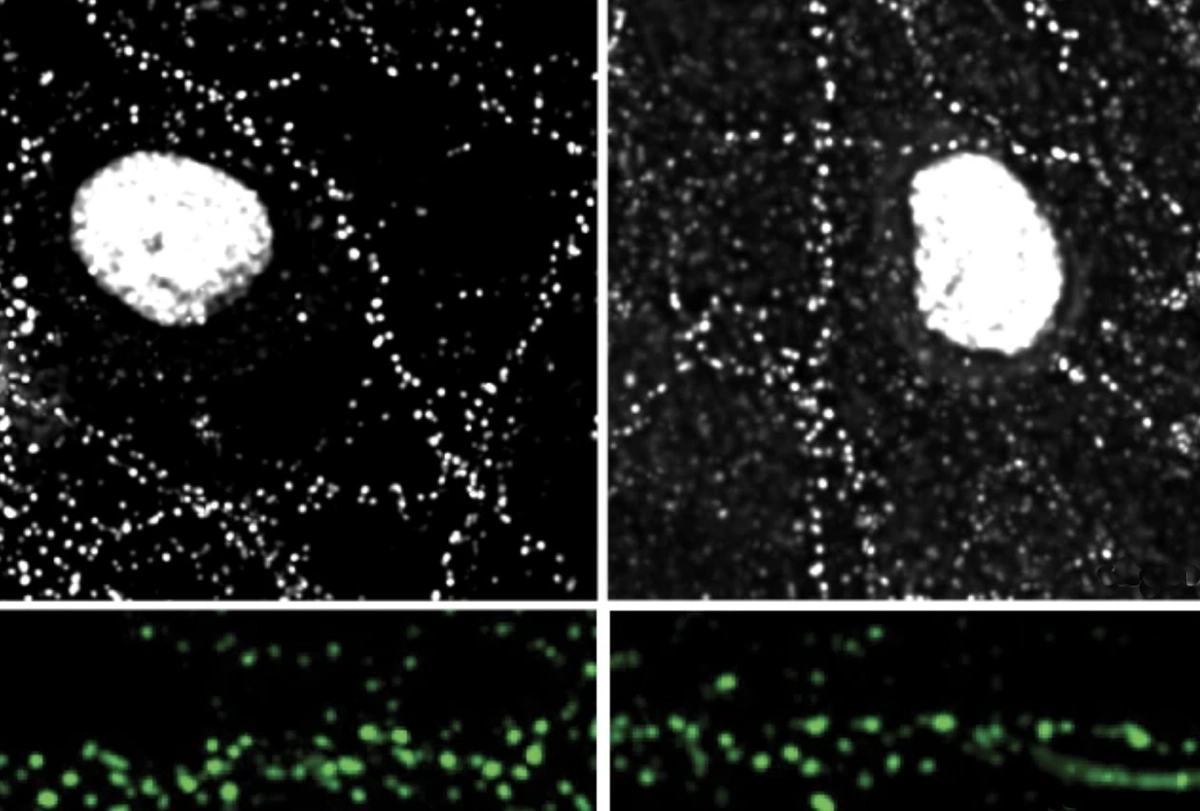
Missed connections: Mice missing the BMP2 gene (right panels) form fewer glutaminergic synapses onto parvalbumin interneurons than do controls (left panels).
- Altered transcription spurred by a variety of autism-linked genes often converges on a small number of developmental pathways, according to a preprint about cortical organoids derived from human induced pluripotent stem cells. bioRxiv
- Gene variants linked to autism are also linked to decreased neurite density in the brain, according to a preprint that used UK BioBank data. medRxiv
- Low-income families have a higher prevalence of autism diagnoses than do high-income families, according to an analysis by the U.S. Centers for Disease Control and Prevention. Morbidity and Mortality Weekly Report
- The U.K. Metropolitan Police are investigating advertisers hawking false claims about stem cell therapy for autism. BBC
- A new resource called the Brain Gene Registry contains genetic and phenotypic data from people with intellectual and developmental disabilities; its goal is to help researchers better characterize the links between genes and conditions such as autism and attention-deficit/hyperactivity disorder. Journal of Neurodevelopmental Disorders
- Speech-processing difficulties in autistic children may be related to altered integration of auditory and visual stimuli, according to a preprint. bioRxiv
- Alterations in executive function in autistic children appear to contribute to the likelihood of having mental health conditions, such as anxiety, depression or aggression. Autism
- Mental health conditions affect sleep quality in children with fragile X syndrome, which, in turn, affects daily functioning at school. Journal of Autism and Developmental Disorders
- Different variants of the SCN2A gene, which are linked to autism and epilepsy, confer different effects on sodium channel function, and different clinical profiles. Brain
tags:
Recommended reading

Autism program chief among National Institutes of Health layoffs
By
Rachel Zamzow
21 February 2025 | 3 min read
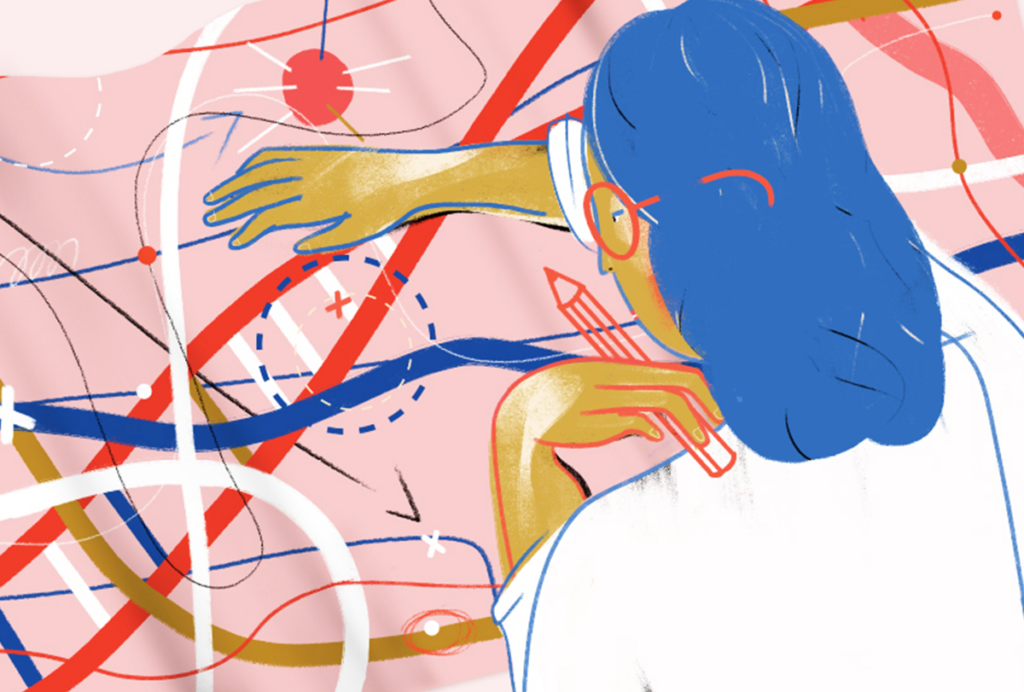
Familiar autism-linked genes emerge from first analysis of Latin American cohort
By
Laura Dattaro
20 February 2025 | 5 min read
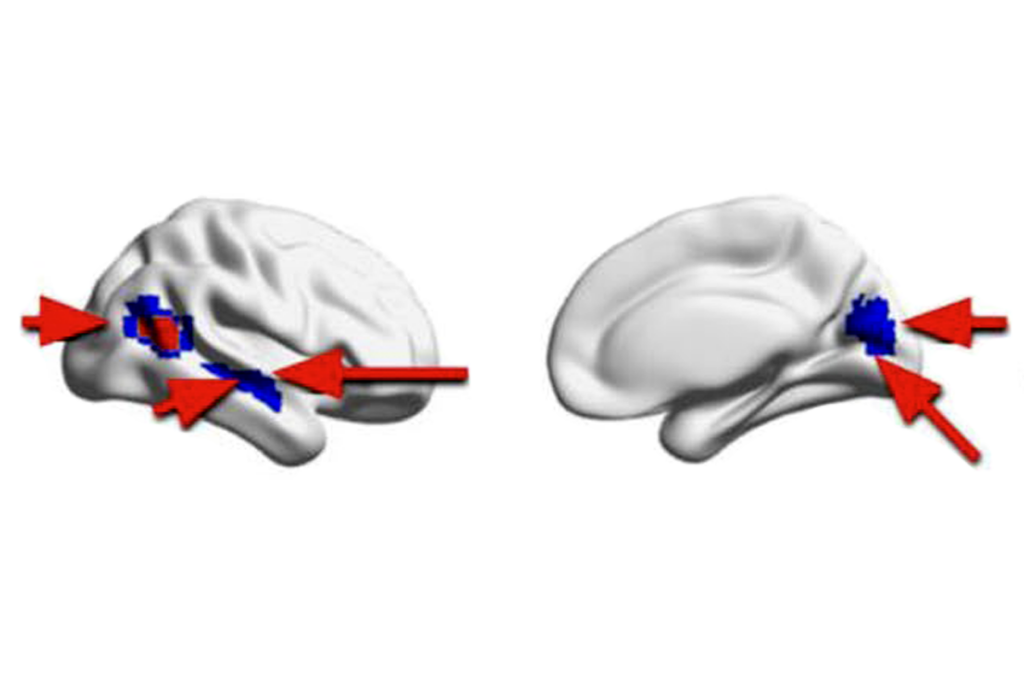
Depression perception; MYT1L mice; brain signal variability
By
Jill Adams
18 February 2025 | 1 min read
Explore more from The Transmitter
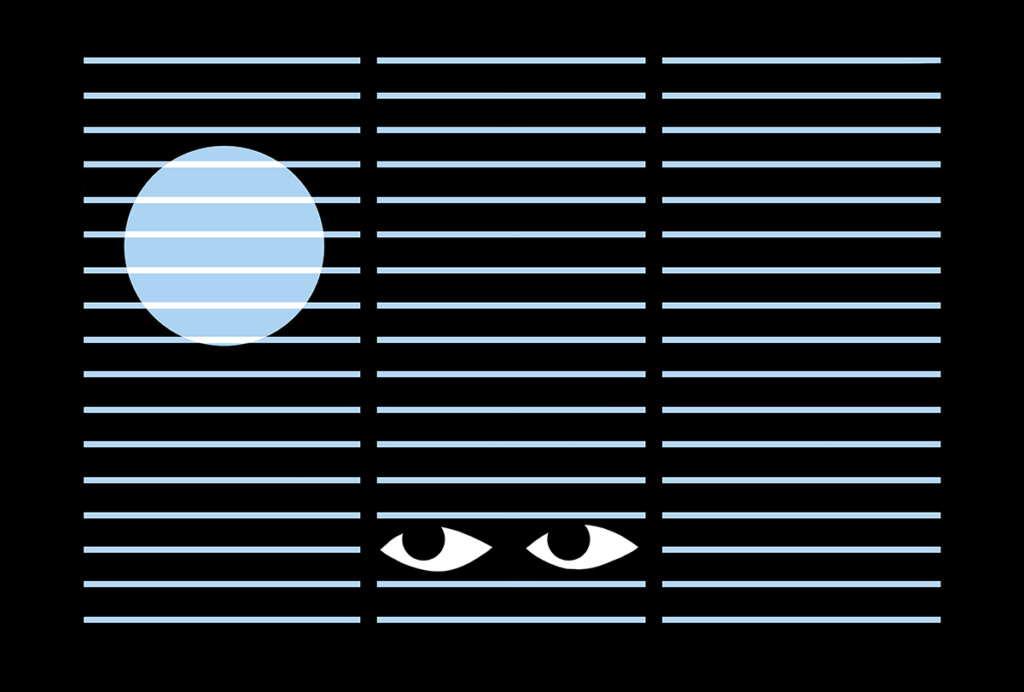
This paper changed my Life: Bill Newsome reflects on a quadrilogy of classic visual perception studies
By
Bill Newsome
21 February 2025 | 6 min read
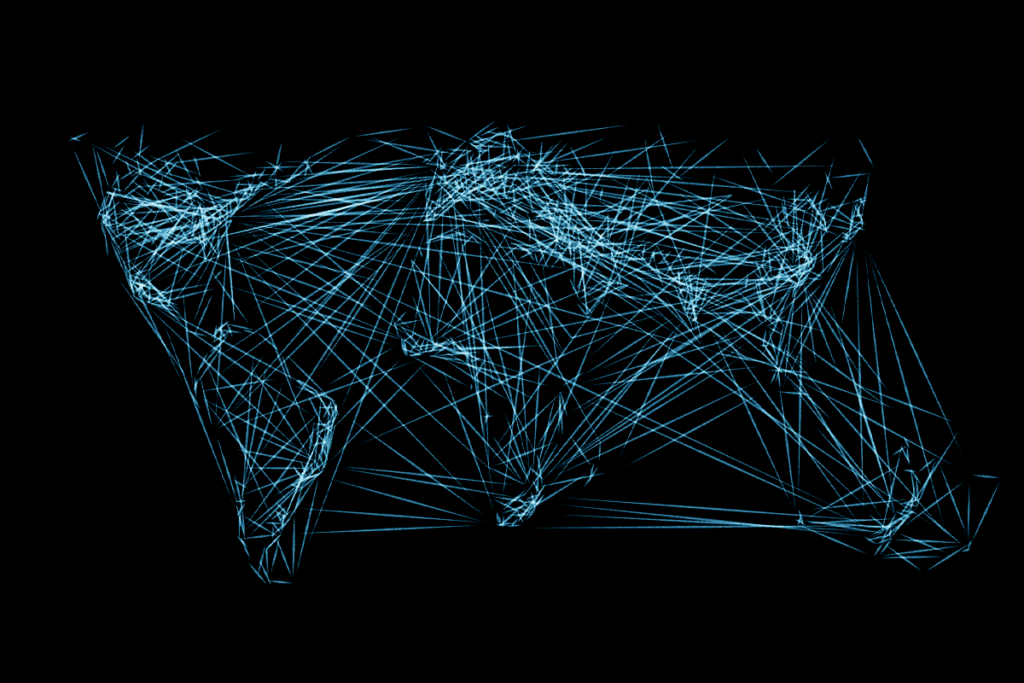
Science must step away from nationally managed infrastructure
By
Dan Goodman
20 February 2025 | 7 min read

How to teach students about science funding
By
Ashley Juavinett
19 February 2025 | 8 min read
Cite this article: